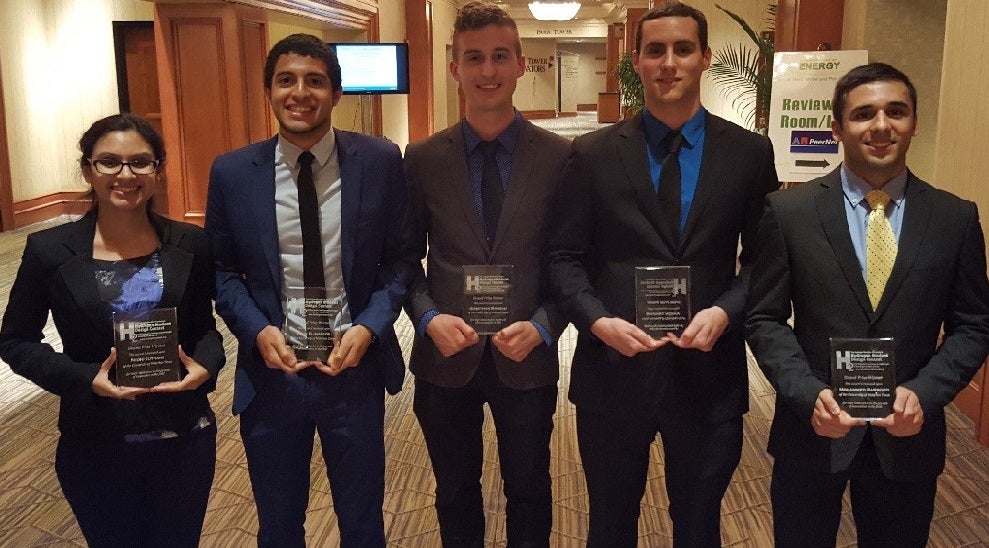
DOE, National Renewable Energy Laboratory (NREL) and Air Liquide sponsored the Contest and announced University of Waterloo, in Ontario, Canada, as the Grand Prize Winner, their third Grand Prize and fifth award in the history of the Contest. The team's design used Cornwall, ON, Canada, as the basis for the location of their renewable hydrogen-powered micro-grid design. Hydrogen, generated by Hydrogenics electrolysers, is used as an energy storage medium to be converted back into electricity by Hydrogenics PEM (Polymer Electrolyte Membrane) fuel cells. The system is designed to supply hydrogen to 100 forklifts used at a food distribution center and more than 30 FCEVs used in the residential community. Wind, solar and hydrogen power continuously supply 10% of the energy demand of the community as well as the full demand for two days in the event of a blackout. Key to meeting this criteria is the vehicle-to-grid concept used in the design, where FCEVs can be connected to charging stations to supply power back to the grid during peak demand or emergency scenarios.